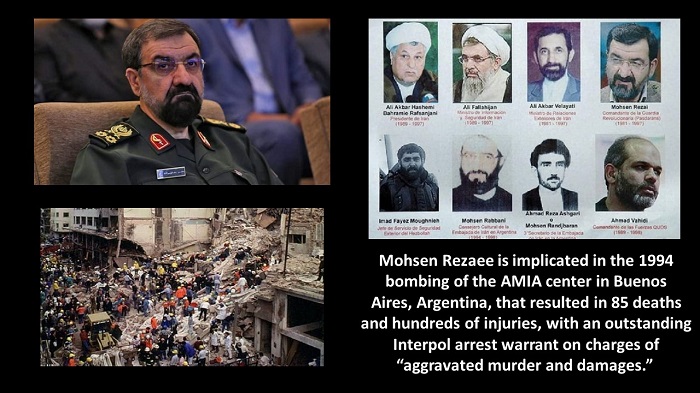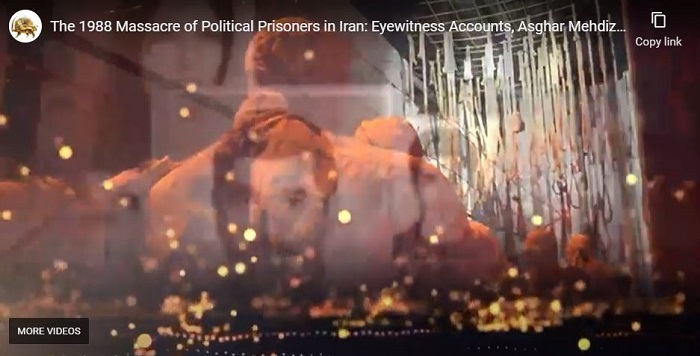Last month’s appointment of Ebrahim Raisi’s hand-picked government has been more evidence of the regime’s aim to expand its nefarious activities.
Raisi´s new cabinet
Raisi´s new cabinet, according to Mrs. Maryam Rajavi, president-elect of the National Council of Resistance of Iran (NCRI), is an “embodiment” of the regime’s fundamentalist ideology and dependence on terrorism as a kind of geopolitics.
Several members of the regime’s Revolutionary Guards (IRGC) are among the appointees, as are several others who are subject to sanctions and even international arrest orders for a variety of nefarious crimes.
Under the command of the regime’s Supreme Leader Ali Khamenei, Raisi’s appointments were accepted en masse by the regime’s parliament around two weeks after they were first announced.

Khamenei’s ambition to solidify control in his dictatorship
Khamenei’s ambition to solidify control in his dictatorship includes Raisi’s candidacy. This attempt was reflected in the rigged 2020 parliamentary elections, in which practically all candidates from the opposing side were prevented from running.
Tehran admitted that less than half of eligible voters cast ballots in the most recent sham election. However, according to the Iranian Resistance, voter attendance was less than 10%, indicating continued public support for a regime change movement that had gained extraordinary traction in the years leading up to the eruption of Covid-19. In the past two major Iranian protests, in 2018 and 2019, the Iranian people demanded government change. To avoid its own annihilation, the regime had to crush the uprising in November 2019.

Ebrahim Raisi was the head of the regime’s judiciary
Ebrahim Raisi was the head of the regime’s judiciary at the time of the crackdown, having been nominated by Khamenei to take over when his predecessor retired in March 2019.
Raisi, as head of the judiciary, saw the November 2019 uprising as an opportunity to build on his repressive legacy as a prosecutor, clerical judge, and member of the “death commission” that oversaw the implementation of Ruhollah Khomeini’s fatwa regarding the People’s Mujahedin of Iran (PMOI / MEK Iran).

Guilty of “enmity against God”
That fatwa, which was issued in 1988, declared all MEK followers to be fundamentally guilty of “enmity against God” and ordered government officials to execute them without mercy. As a result, death commissions began examining political prisoners for as little as a minute before passing a death sentence and subsequently executed over 30,000 individuals over the course of three months.
Raisi’s following career saw him maintain his image as a fervent supporter of hangings and other forms of corporal punishment, and in recent years he has joined other officials in openly supporting the massacres in the wake of new disclosures about the 1988 massacre.

The henchman of the 1988 massacre as president
Mrs. Rajavi went on to say that Raisi’s cabinet appointments, as well as the appointment of “the henchman of the 1988 massacre as president” and “a collection of murderers and thieves in his cabinet,” could not protect the regime from its imminent overthrow.
She emphasized that, as the Raisi administration attempts to regain its footing, public indignation over the 1988 massacre, its legacy, and the lack of accountability would further intensify public outrage and popular uprisings.
Western powers and the rest of the international community will soon have to choose between ignoring the escalating civil war in Iran and showing support for the Iranian people, which they can do by launching a long-overdue international investigation into the 1988 massacre and signaling to Tehran that its impunity in such matters is over.

MEK Iran (follow us on Twitter and Facebook)
and People’s Mojahedin Organization of Iran – MEK IRAN – YouTube








